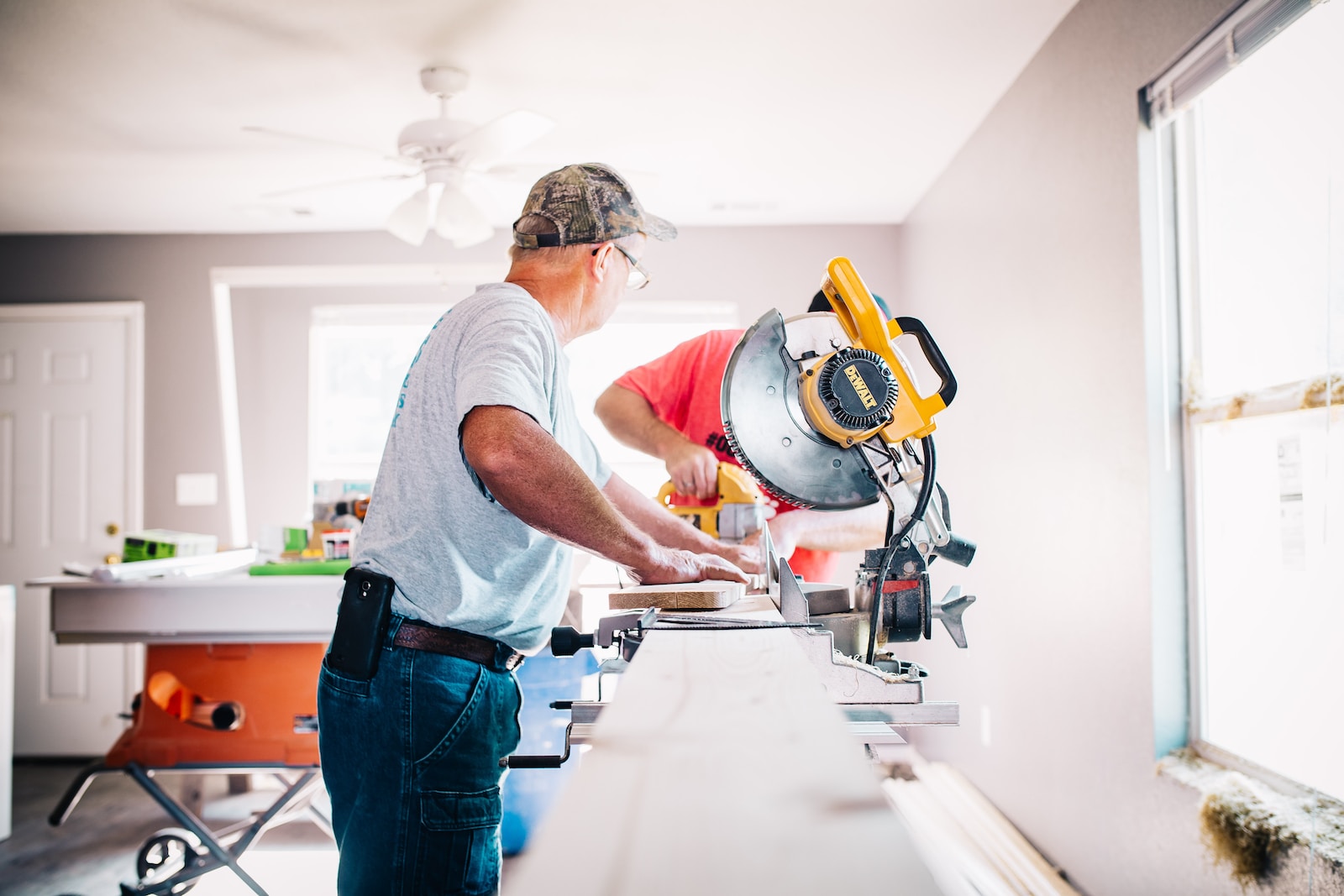Asbestos removal is a stringent process not to be disregarded as irrelevant. Asbestos exposure in your twenties can lead to the diagnosis of an asbestos-related illness as late as your fifties or sixties. Multiple exposures over that time can contribute to an asbestos-related diagnosis.
Before beginning any home DIY renovation, know the facts about asbestos and the requirements in your area for removal and disposal.
The Safest Asbestos Removal
The safest way to handle asbestos removal is to turn the job over to the experts. When hiring a professional asbestos removal team, always check their certification carefully, ask for references, and check with the Better Business Bureau (BBB) for any reports against the business.
Testing for asbestos should be the first course of action. Then, a separate asbestos removal service should evaluate the services needed and offer recommendations for correcting the issues. Once the work is completed by the asbestos removal team, another asbestos test will ensure your home is safe.
Having a trained team perform the asbestos removal keeps you safe. They will also be responsible for clean-up and disposal that follows local compliance. But if you’re ready to tackle asbestos removal independently, follow these tips for safe removal.
Safe DIY Asbestos Removal
You’ll want to begin by testing the presence of asbestos. DIY test kits are available, or you can still hire a certified professional to complete this step. If you decide to test using a store-bought test, read the directions to ensure you have all the required testing instruments and have the following items on hand before you begin:
- Gloves
- Spray bottle with water and a few drops of dish detergent
- Plastic for ground cover
- Knife or box cutter
- A canister for the sample, such as a film canister, a vial, or a quality resealable bag
- You may want to wear a face mask to decrease the chances of fiber inhalation
Collect a Sample
Once testing materials have been gathered, complete the test systematically for your safety and to ensure your sample is collected appropriately. To collect your specimen, follow these steps:
- Turn off cooling and heating systems and ceiling fans to minimize the spread of fibers released from sampling.
- Enter the room alone, wearing gloves and a mask.
- Place the plastic cover under the material to catch falling fibers.
- Only disturbing the sample area, spray it with the water/detergent mixture and remove a small sample, placing it in the collection container and sealing it.
- Dispose of plastic, gloves, mask, and any materials used to clean the area.
- Submit your sample to a laboratory. Check with the local health department for possible testing sites or submit according to store-purchased testing directions.
Opt for Repairs
Removal is usually recommended as the last resort. Asbestos fibers spread from damage to asbestos-containing material. Removal will cause an elevated amount of damage, so if repair is feasible, it is best to approach any issues in this manner. There are two methods of repairing asbestos-containing materials.
- Covering: Use wraps to cover the affected area and enclose the asbestos material, inhibiting the spread of asbestos fiber.
- Sealing: Apply sealants as adhesives to bind the fibers and prevent their release into the air.
The Removal Process
Before beginning the removal process, ensure you have all the required permits and a disposal plan. You’ll want to assemble all of your working materials beforehand. You will additionally need the proper PPE for asbestos removal.
Contain Affected Areas
To ensure the dust and debris stay localized, seal the asbestos-affected area off by placing plastic barriers such as drapes or curtains and ensure they are secured tightly around openings during the process. Keep work clothes and safety gear contained to prevent the spread of asbestos around the home.
Practice Controlled Demolition
After containing the area, you’ll begin demolition of the affected area, practicing controlled removal while breaking apart materials as little as possible to prevent the spread of fibrous materials. Place the materials in the appropriate disposal containers and seal them shut. Only disturb the areas that will require removal.
Clean Up Safely
Wipe everything down, including the floor, using a wet mop and damp rags. Water weighs down the particles, preventing them from becoming airborne. If floors are carpeted, cleaning will be necessary, and a quality HEPA filter is recommended.
The Value of Safety in DIY Home Renovations
Your long-term health is worth the extra steps to prevent asbestos exposure. Keeping your family safe in the future begins with prevention now.






